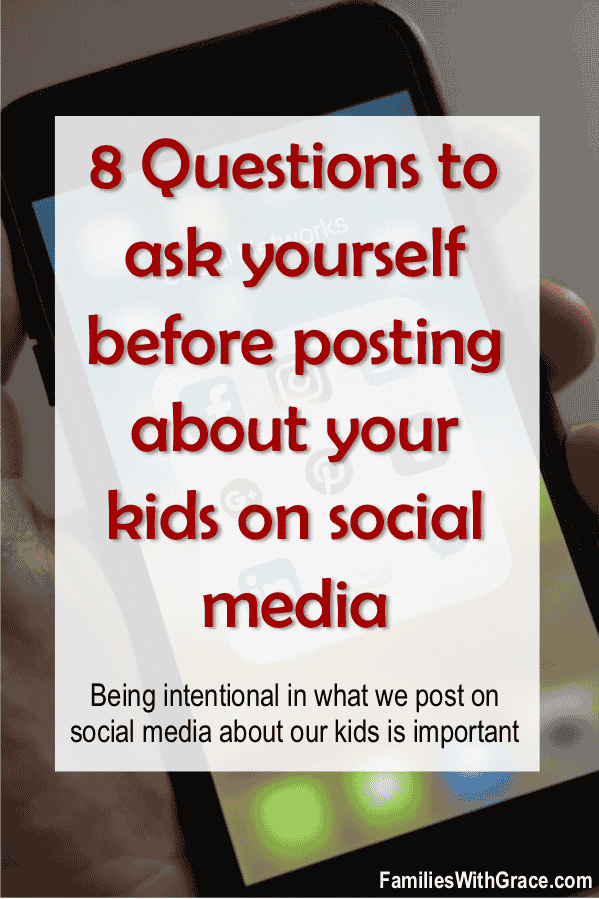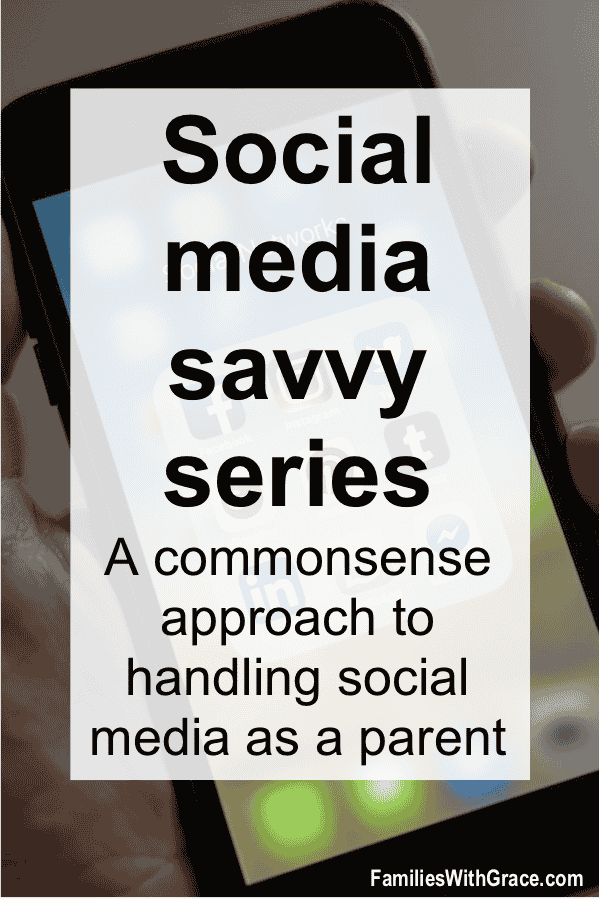Once you make this pumpkin bread recipe, you’ll never make another one!
Affiliate links are used in this post. If you make a qualifying purchase via my link, I receive a small percentage of the sale at no additional cost to you. I only recommend products and services I use and love. It helps support my blog, so thank you for your support! Read my full disclosure here.
The weather has definitely cooled off here in the Midwest, which often puts me in a baking mood. One of my favorite things to make this time of year (and really year-round) is pumpkin bread. Does anything taste more autumnal than pumpkin, nutmeg and cinnamon? Nope!

My husband is a fan of many pumpkin treats. I can usually take or leave them, but pumpkin bread is the exception. It is my favorite sweet bread, hands down. I found a recipe for pumpkin bread made from scratch quite a few years ago and did a small amount of tweaking to make it just a tad healthier. It is definitely in regular rotation for my family.
I’ve made it as muffins, and it made lots of them. I’ve also made some mini loaves, but most often I make it into full-sized bread loaves. Even though it’s a from-scratch recipe, it’s super easy! When my daughter was in kindergarten, I helped a group of kindergarteners make this bread. So you can, too!
You’re going to need a large bowl for this. I used a large plastic bowl that I also use for serving potato chips when we have a family cookout. Everything mixes in that one bowl so it’s the only one you need to use — and clean!
First, stir together the dry ingredients: both flours, sugar, baking soda, salt, nutmeg and cinnamon. Measure them out, pour them in and stir them together. Also, I use part wheat flour for this recipe just to cut down on white flour, but you can use all white flour if you want. I’ve not tried it with all wheat flour.

Next, get ready to add the wet ingredients. Make sure that you’re using canned pumpkin and NOT pumpkin pie filling.

Add in the 15-ounce can of pumpkin, water, vegetable oil and eggs. Give it a really good stir. More often than not, I stir by hand with a spoon, but you can you a handheld mixer if that’s easier. You want to get everything mixed together well, and it’s a pretty full bowl.

Then it’s all ready to go into pans that have been greased and lightly floured. I usually use cooking spray. I sprinkle a very tiny amount of flour and am not sure that’s even needed now that I have these awesome Rachael Ray loaf pans. I’m loving her line of bakeware because it really is good at being nonstick! I loved the one loaf pan that came with my set so much that I ordered a second one, in fact. My mom fell in love with my Rachael Ray bakeware when she tried it. She got a set of her own, and she doesn’t even bake as much as I do!

Slide those pans into the oven and bake for an hour to hour and 10 minutes. I check mine around an hour and go from there. The loaves go side-by-side (not touching) on the same rack in the oven. I use the toothpick test to see if it’s finished. You know, the fancy method of sticking a toothpick down the center and seeing if it comes back clean (done!) or gooey with batter still stuck to it (needs to bake longer).

This pumpkin bread so incredibly good! I store mine in either a gallon-sized zip-top bag or wrapped in Glad Press ‘n Seal (love that stuff!). It is good for at least a week. I’m not sure how it freezes, because my family eats it too quickly for me to have a chance to freeze it.
And just to show you what I mean about the Rachael Ray loaf pans, this is mine after I dumped the cooled loaves of pumpkin bread. I had prepped them with a light spritz of non-stick cooking spray and a tiny amount of flour.

Pumpkin bread
Ingredients
- 1-1/2 cups white flour
- 1-3/4 cups wheat flour If you don't have wheat flour, just use 3-1/4 cups of white flour
- 2-1/2 cups white sugar
- 2 teaspoons baking soda
- 1-1/2 teaspoon salt
- 1 teaspoon ground nutmeg
- 1 teaspoon ground cinnamon
- 1 can 15 oz. packed pumpkin (NOT pumpkin pie filling)
- 2/3 cup water
- 1 cup vegetable oil
- 4 eggs
Instructions
- Grease and flour two 8.5 x 4.5 x 2.5-inch pans. (You can also use three 7 x 3-inch pans; just bake 10 minutes less.)
- Preheat oven to 350-degrees.
- Combine flours, sugar, baking soda, salt and spices into a very large bowl. Stir well to blend.
- Add pumpkin, water, vegetable oil and eggs.
- Beat until well combined.
- Pour into prepared pans and bake for 1 hour to 1 hour and 10 minutes or until a toothpick inserted into the center comes out clean.
- Cool for 10 to 15 minutes before cutting. Enjoy!












